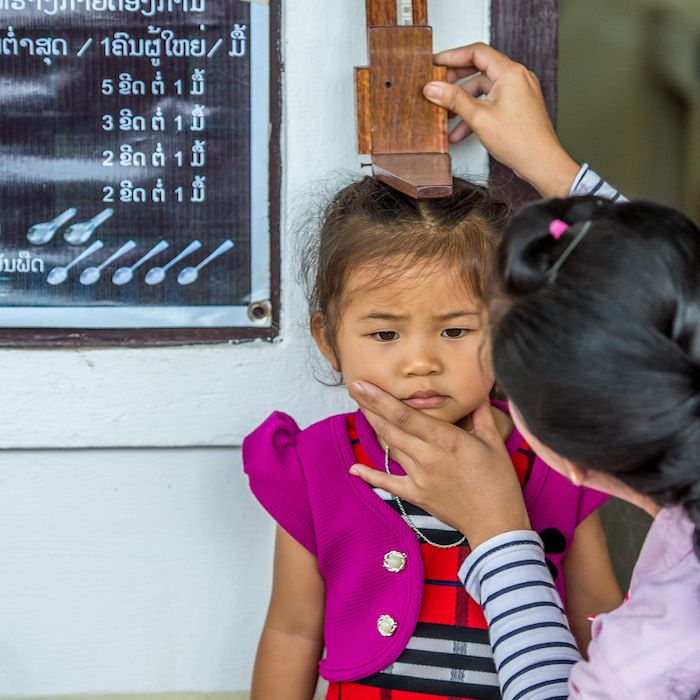- Jump to:
- What ADB Is Doing
- What ADB Has Done
- What's New
-
ADB COVID-19 response: Committed amount*
Because of the COVID-19 pandemic, affordable health services are needed to be available for all.
Note: *Committed amount is the financing approved by ADB's Board of Directors or Management for which the legal agreement has been signed by the borrower, recipient, or the investee company and ADB.
-
Prevalence of food insecurity and undernourishment
The prevalence of food insecurity is high in Southeast Asian countries
-
Maternal and Under-5 mortality ratio
In Asia and the Pacific, live birth mortality rates have lessened over the years.










